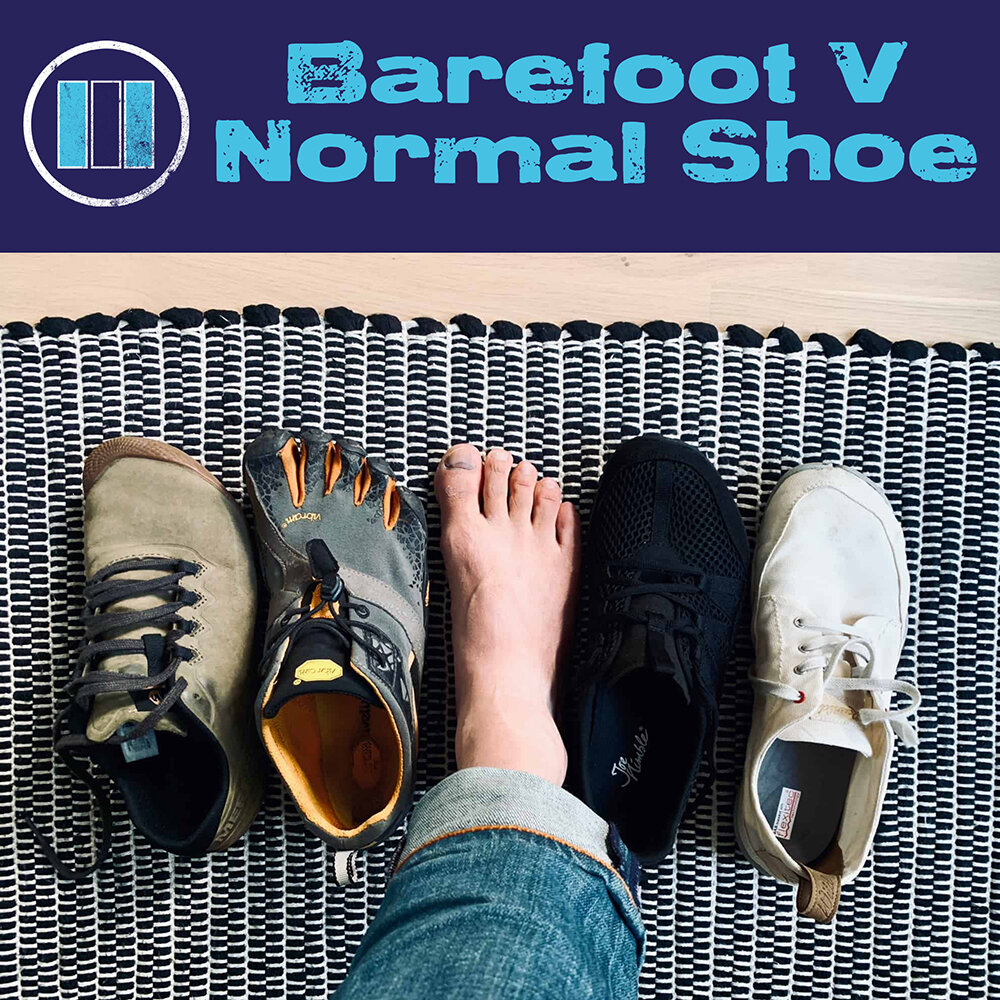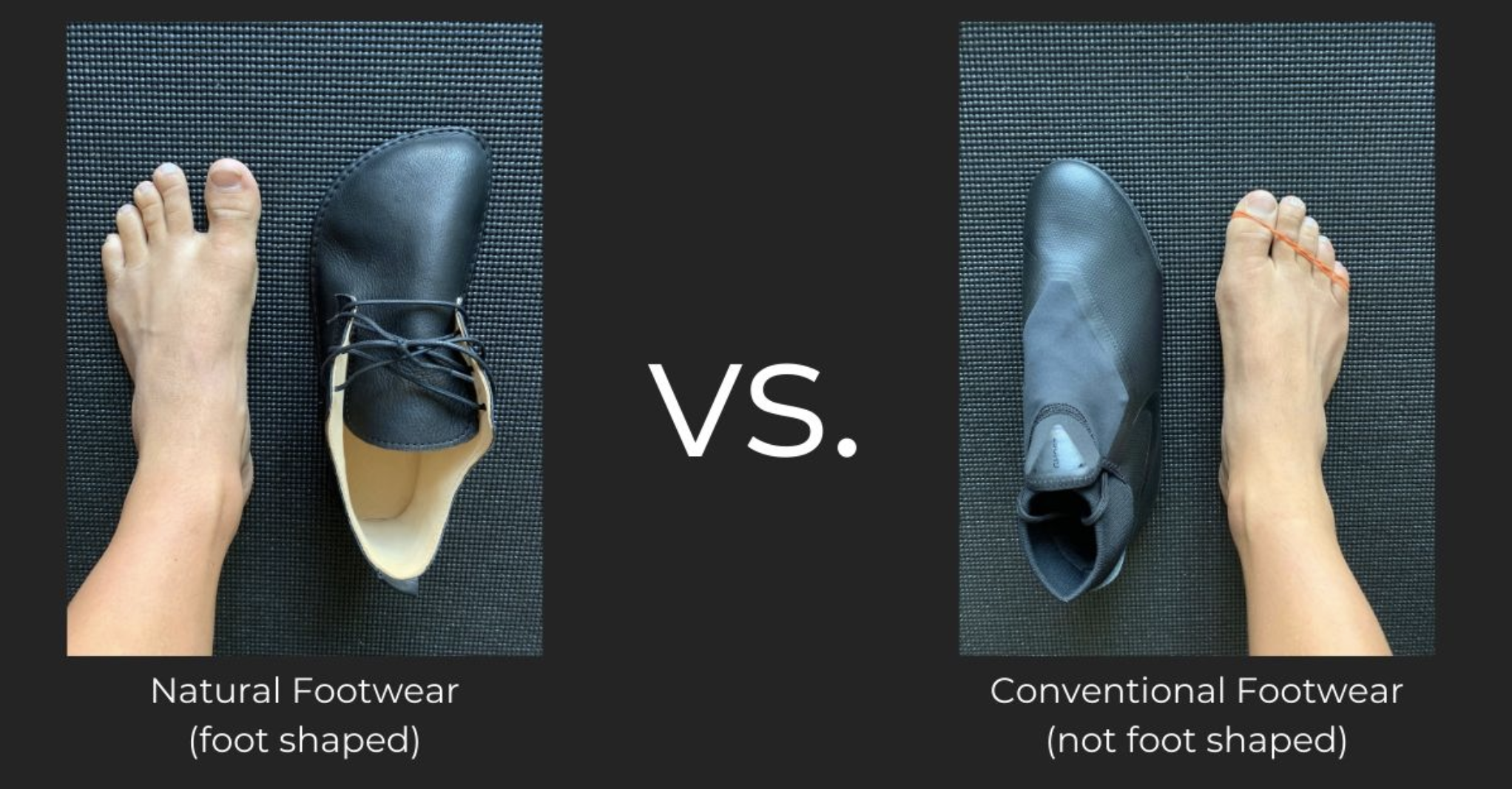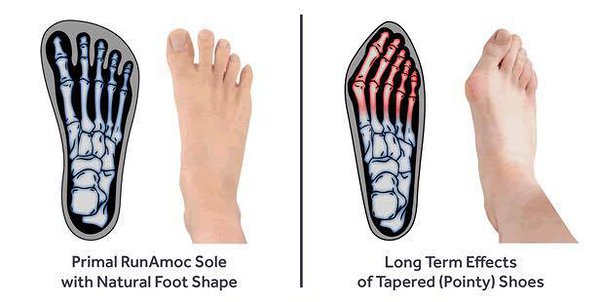When it comes to footwear, the debate between barefoot shoes and regular shoes has grown significantly over the years. With more people becoming aware of the benefits of natural movement and foot health, understanding the nuances of each type of footwear can greatly influence your choice. This article dives deep into the comparison of barefoot shoes and regular shoes, looking at their pros and cons, cultural implications, and real-life experiences in the USA.
Understanding Barefoot Shoes
Barefoot shoes are specifically designed to mimic the natural feel of walking barefoot. They typically feature a minimalist design that encourages a more natural foot position and biomechanics. In essence, barefoot shoes promote a connection to the ground that traditional footwear often obstructs.
Characteristics of Barefoot Shoes
- Thin soles for ground feel
- No arch support to encourage natural foot movement
- Wide toe box to allow toes to splay
- Lightweight construction
Popular Brands of Barefoot Shoes
| Brand | Model | Features |
|---|---|---|
| Vivobarefoot | Primus Lite | Flexible, ultra-thin sole, made from recycled materials |
| Xero Shoes | HFS | Lightweight, breathable mesh, removable insole |
| Merrell | Vapor Glove 4 | Minimalist design, flexible, and durable |

Understanding Regular Shoes
Regular shoes, also known as traditional footwear, often have features like cushioning, arch support, and a structured design that aims to provide comfort and protection. While they can be beneficial for various activities, they can also restrict natural foot movement and may lead to long-term issues.

Characteristics of Regular Shoes
- Thick soles for cushion
- Arch support for foot stability
- Narrow toe box that can restrict toe splay
- Additional padding for comfort
Popular Brands of Regular Shoes
| Brand | Model | Features |
|---|---|---|
| Nike | Air Max | Air cushioning, stylish design, various colors |
| Adidas | Ultraboost | Responsive cushioning, primeknit upper, arch support |
| ASICS | Gel-Kayano | Advanced cushioning, stability technology |

Pros and Cons of Barefoot Shoes vs Regular Shoes
Pros of Barefoot Shoes
- Enhances natural foot movement and mechanics
- Improves balance and stability
- Can strengthen foot muscles and arches
- Encourages proper posture and gait

Cons of Barefoot Shoes
- Requires a transition period to adapt
- May not provide adequate cushioning for some activities
- Increased risk of injury without proper adaptation
Pros of Regular Shoes
- Provides cushioning and support for high-impact activities
- Available in various styles for different occasions
- Helps reduce fatigue during long periods of standing or walking

Cons of Regular Shoes
- Can lead to foot problems like plantar fasciitis and bunions
- May encourage poor foot mechanics over time
- Often heavy and bulky
Cultural Perspectives on Footwear Choices

In many cultures, the type of footwear reflects not just personal comfort but also social norms and lifestyle choices. In the USA, the rise of the barefoot movement correlates with a growing interest in natural health and wellness. Communities such as those engaged in barefoot running or minimalist lifestyles emphasize the importance of foot health. Local races and events, like the Barefoot Races, provide platforms for people to experience and advocate for barefoot shoes.
Tips for Transitioning to Barefoot Shoes

- Start slowly: Wear barefoot shoes for short periods to allow your feet to adapt.
- Gradually increase usage: As your foot muscles strengthen, incrementally increase the time spent in barefoot shoes.
- Focus on form: Pay attention to your walking or running form, aiming for a midfoot strike.
- Listen to your body: If you experience pain, take a step back and allow for more time to adapt.
Scientific Insights into Barefoot vs Regular Footwear

Research has indicated that proper footwear can play a significant role in foot health. A study published in the Journal of Foot and Ankle Research notes that transitioning to barefoot or minimalist shoes can improve foot strength and biomechanics. Another study found in the British Journal of Sports Medicine suggests that conventional shoes may predispose individuals to foot injuries.
FAQs about Barefoot Shoes vs Regular Shoes

Are barefoot shoes better for your feet?
Barefoot shoes can be better for the natural biomechanics of your feet, promoting strength and flexibility. However, they may not be suitable for everyone, especially without a proper transition period.
Can I run in barefoot shoes?
Yes, many people run successfully in barefoot shoes, but it’s essential to transition gradually to avoid injuries.
What are the best barefoot shoes for beginners?
Some great options for beginners include the Vivobarefoot Primus Lite and Xero Shoes HFS, both offering comfort and support while allowing for natural foot movement.
How do I choose between barefoot shoes and regular shoes?
Your choice should depend on your foot health, the activities you engage in, and your personal comfort preferences. Consider trying both types of footwear to see which suits you best.
Conclusion
The choice between barefoot shoes and regular shoes is nuanced and highly personal. By weighing the pros and cons of each and understanding the cultural and scientific context surrounding foot health, you can make an informed decision that reflects your lifestyle and foot needs. Whether you embrace the barefoot movement or prefer the support of traditional footwear, the key is to listen to your body and prioritize your foot health.